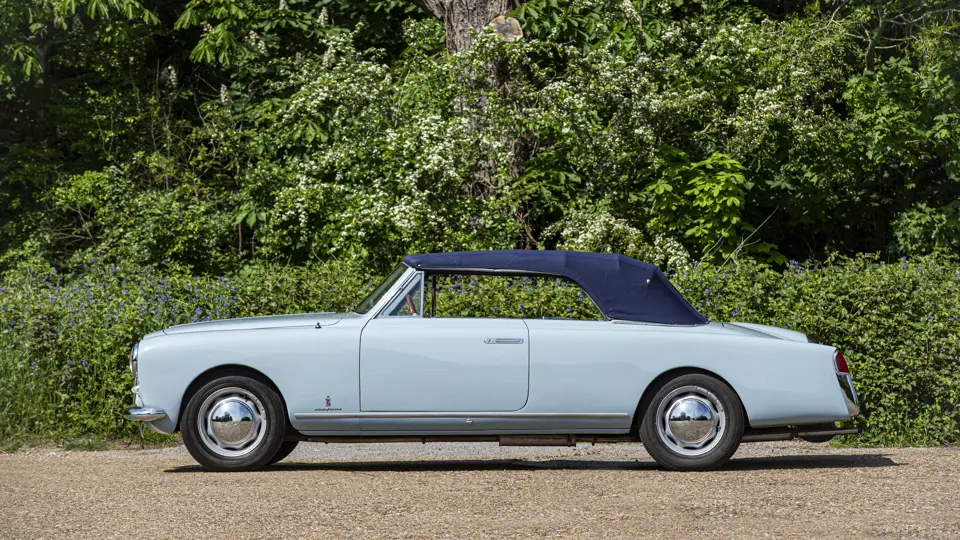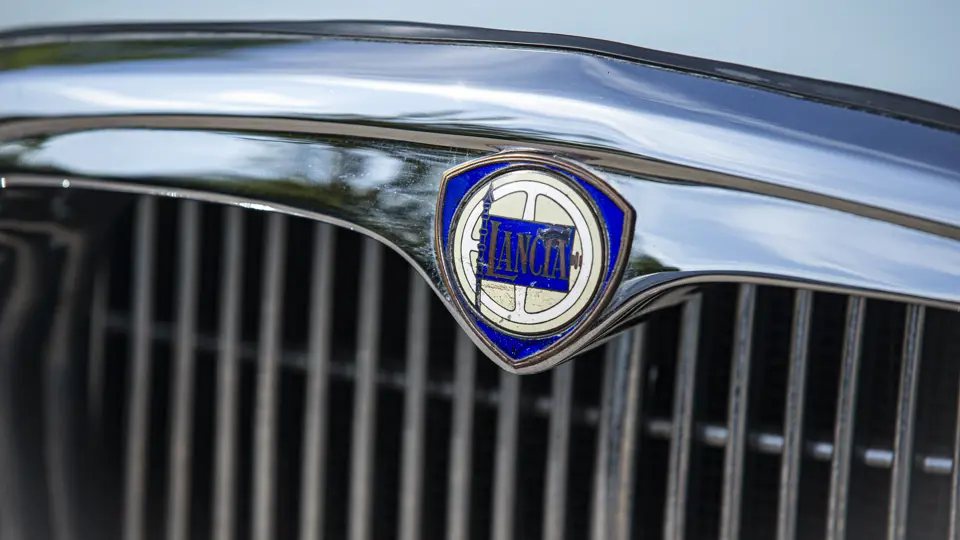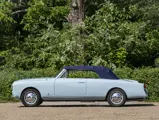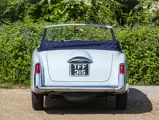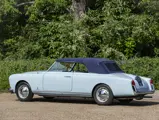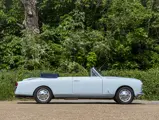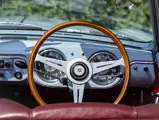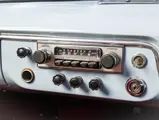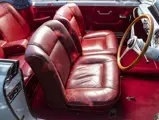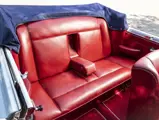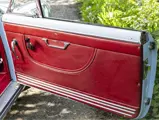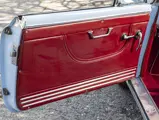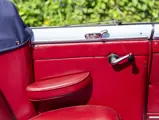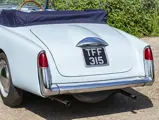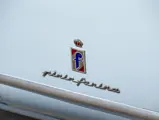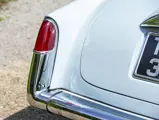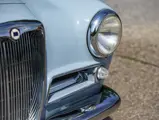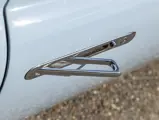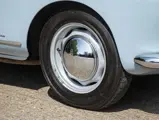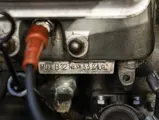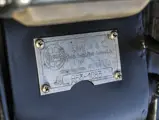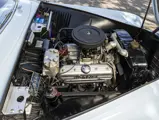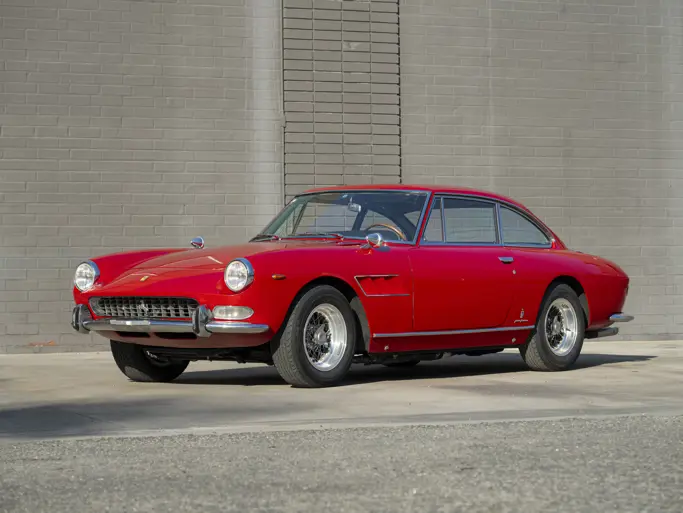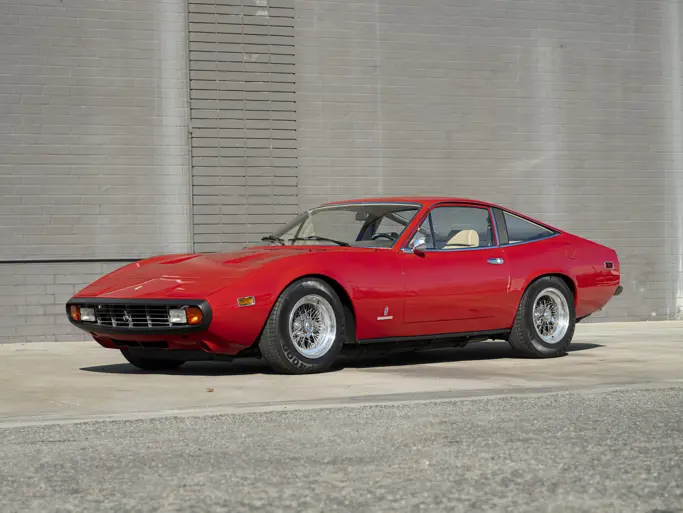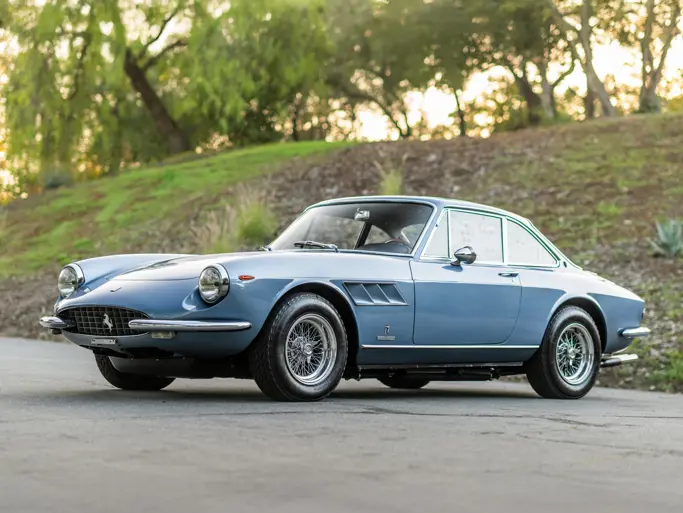
1952 Lancia Aurelia B53 Cabriolet by Pinin Farina
{{lr.item.text}}
Sold
{{bidding.lot.reserveStatusFormatted}}
- Believed to have been shown at the 1953 Brussels Motor Show
- Comprehensive two-year restoration by marque specialists Omicron between 2006 and 2008
- Retained by its consigning owner for nearly 20 years
- Accompanied by a Lancia Classiche Certificato di Origine issued in 2024
A feather in the cap of post-war Italy, the V-6 engined Lancia Aurelia clearly had potential when it arrived at the 1950 Turin Motor Show as a berlina (saloon) known as the B10. Crucial to this story, however, is what accompanied it under the show lights: the Aurelia autotelaio (platform chassis) for use by coachbuilders. Known initially as the B50, it played a small but significant role in the Aurelia’s career.
While the B20 Coupé, launched a year later, would help add to the growing popularity of the gran turismo style by combining saloon practicality with sports car performance, the B50, B51, B52, and B53 platform would showcase the talents of Italy’s many artisan body makers, from Allemano to Viotti.
The example offered here is a two-plus-two convertible built on the large (2,910-millimetre) wheelbase of the series in its most evolved form, with a shorter final drive and larger tyres. An accompanying Certificato di Origine, issued by Lancia Classiche in May 2024, reveals that this car left the factory on 21 October 1952, heading to Pinin Faria for completion. This is noted as three entries before the end of B53 autotelaio production (marque historian, Wim Oude Weernink, confirms the last chassis as B53-1086). It is believed that the car was shown at the following year’s Brussels Motor Show, and that when new, it was painted in Rosso over Cuoio Nocciola (hazelnut leather interior).
Starting out in life with a 70 brake horsepower 2-litre B21 engine, the earliest part of the car’s history is unknown, until it was brought to the UK in the 1990s. After passing through a couple of UK-based owners, it was acquired by the consignor in 2005. Soon after, the Lancia entered the workshop as a full restoration took place between 2006 and 2008, carried out by marque specialists Omicron, of Norwich, Norfolk. Extensive correspondence between company founder, Martin Cliffe, and the consigning owner reveal nearly 1,700 hours of work: a bare metal respray in a pale period blue, a new cabriolet hood, a retrim (from brown to red leather), and a mechanical rebuild. The B12 engine, believed to have been installed under previous ownership, was retained.
All Aurelias are special, but this example perhaps more so than others. This Aurelia B23 stands as a bespoke grand tourer of the highest calibre.




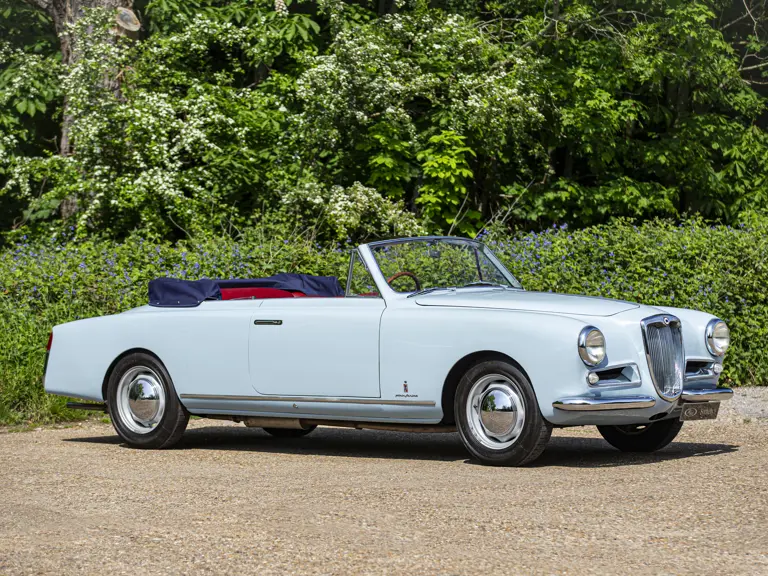

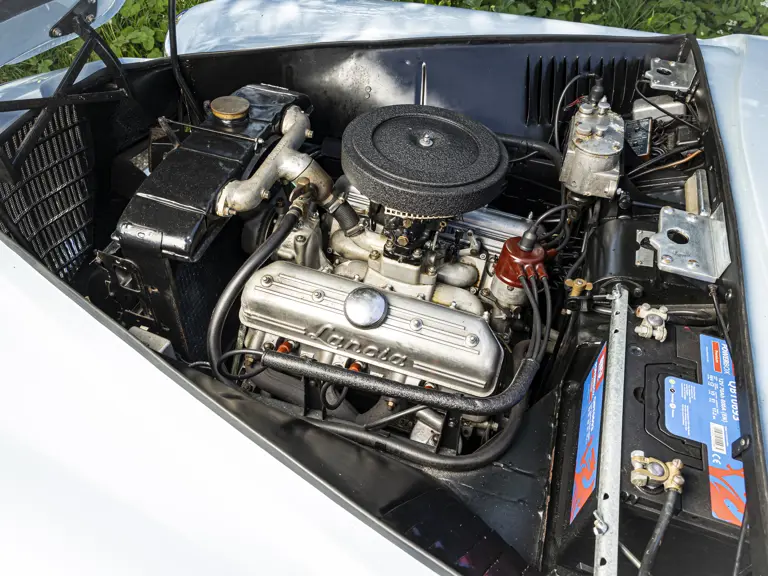




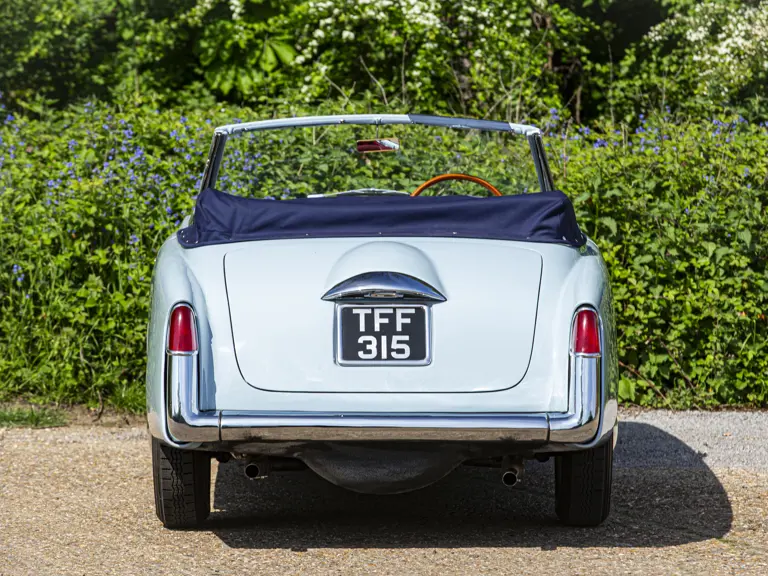
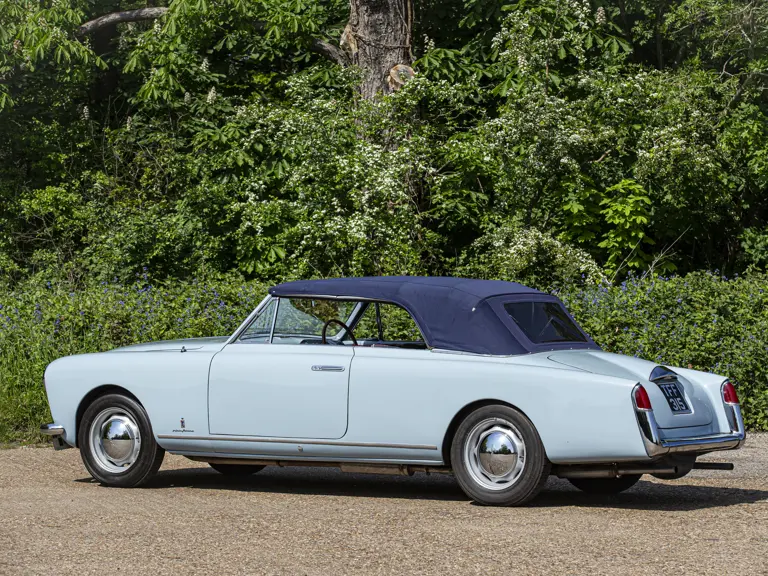




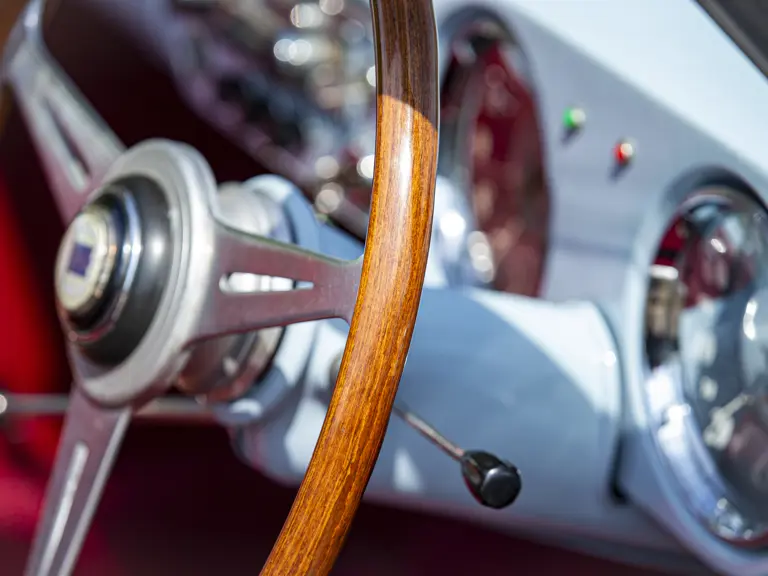
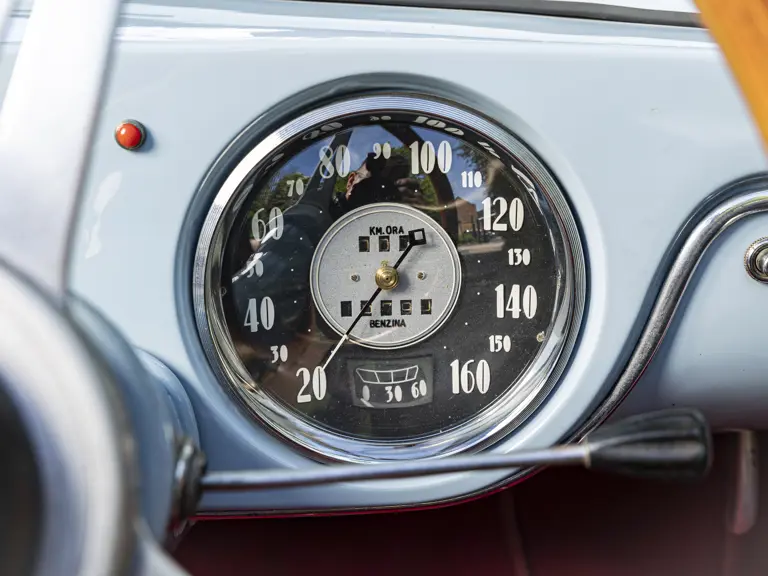
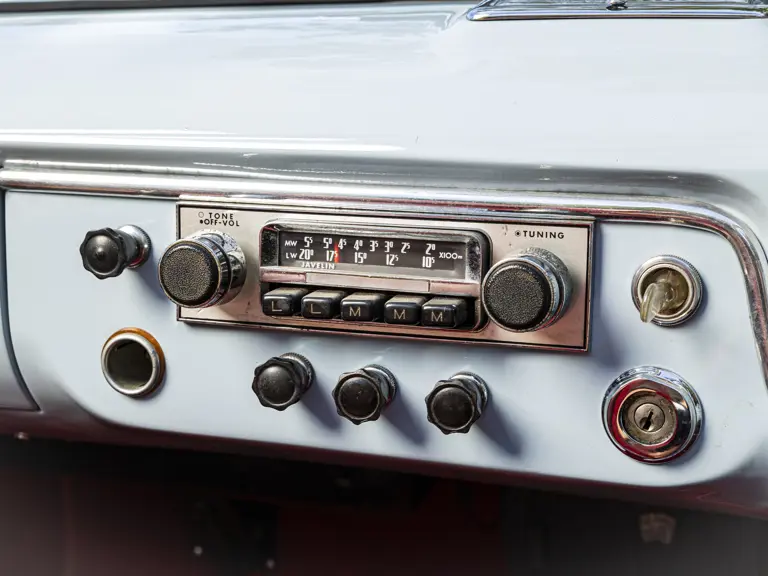

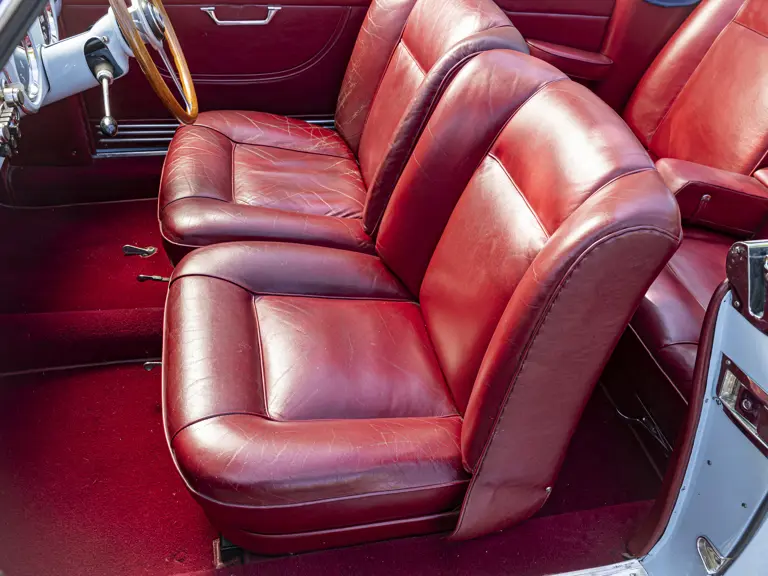
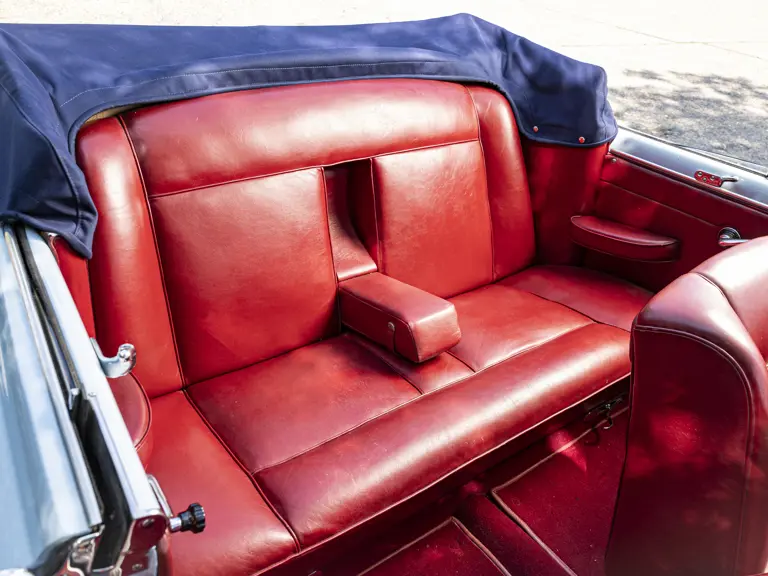

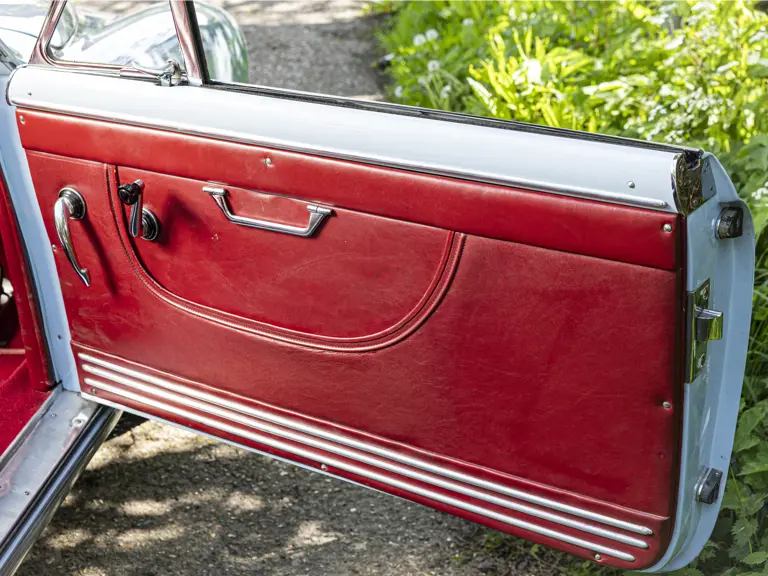

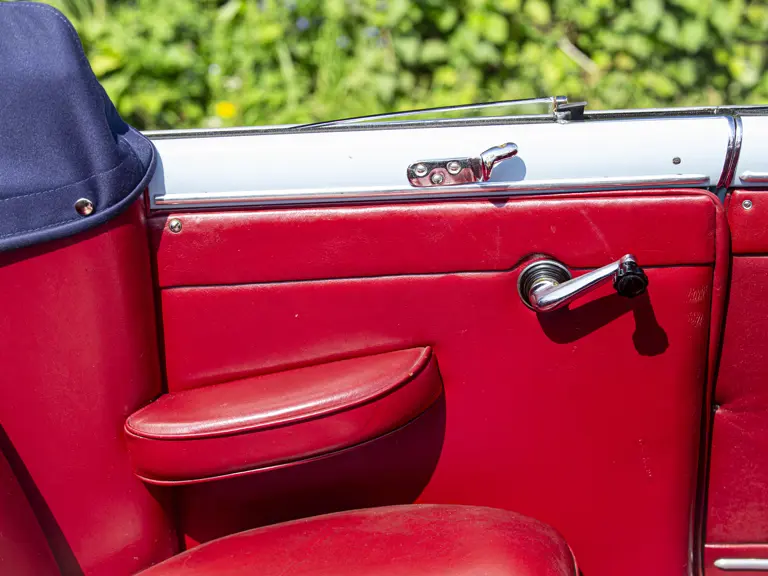

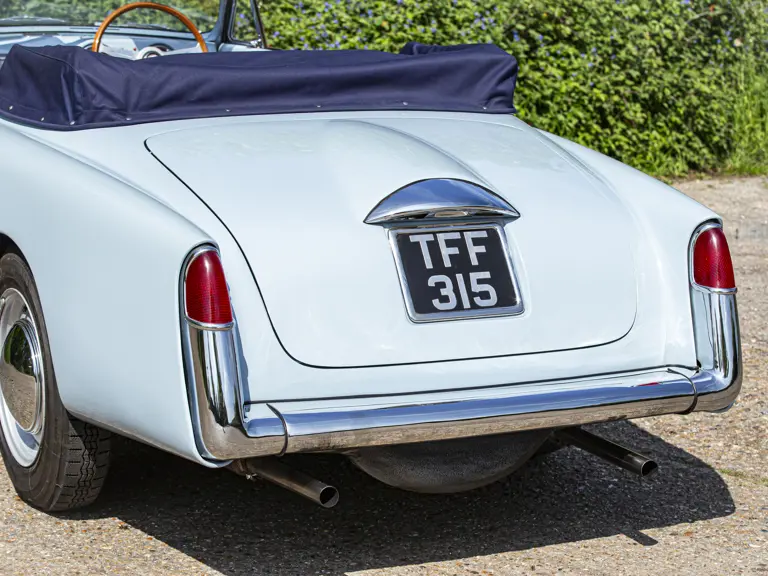



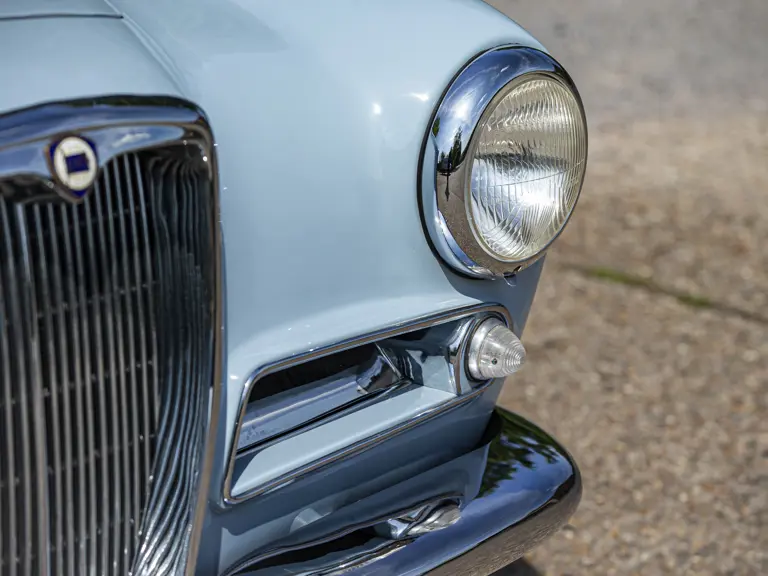

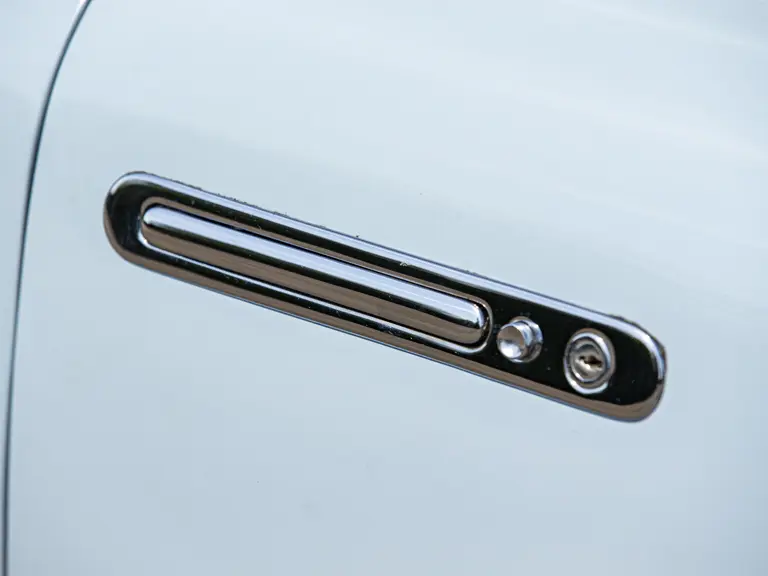

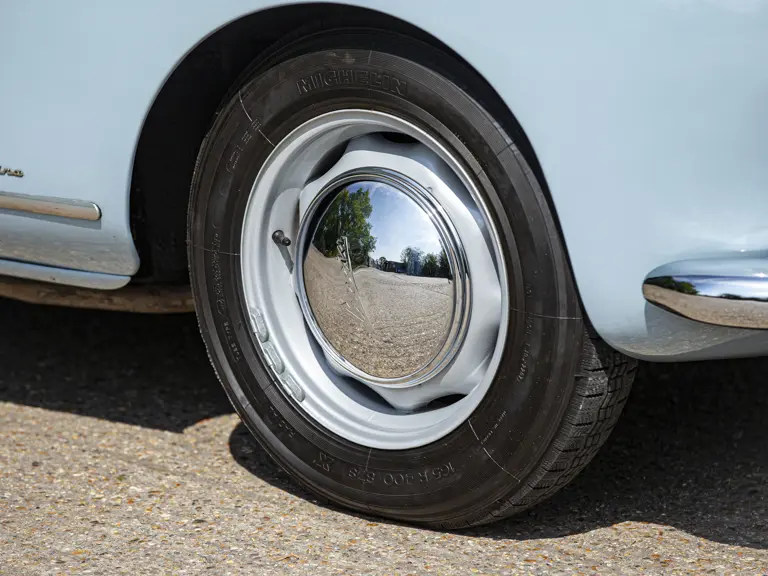
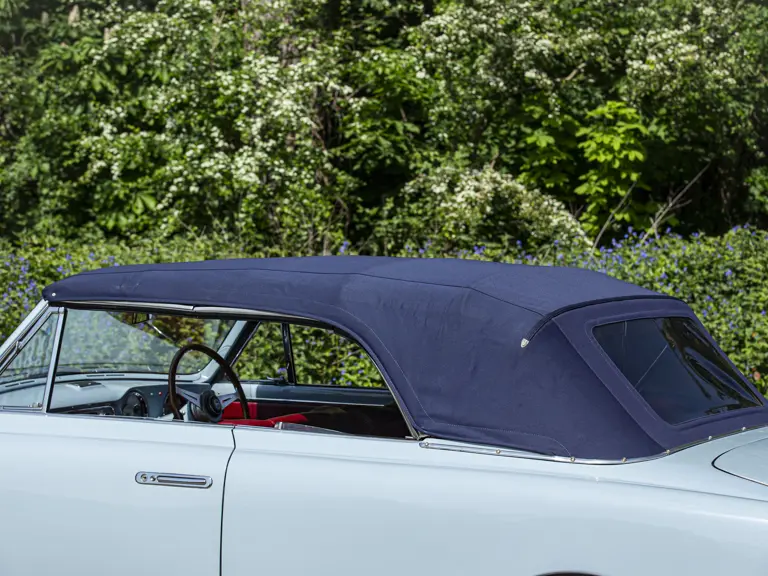
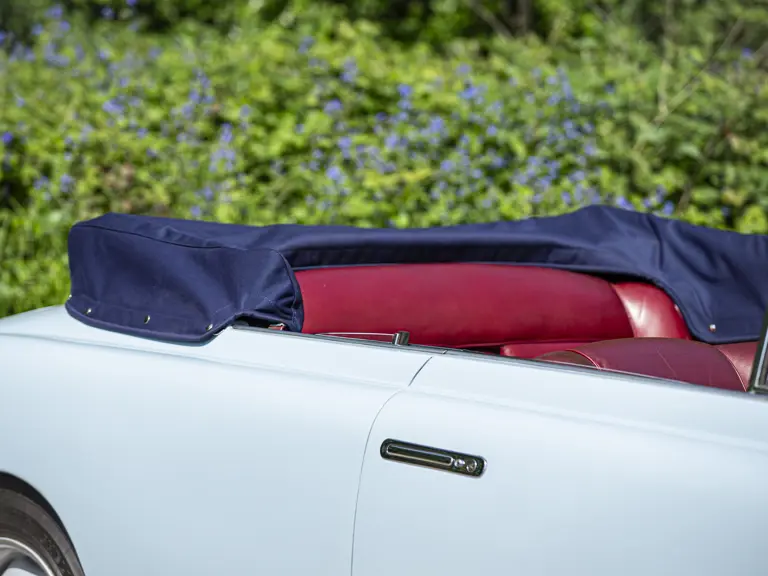
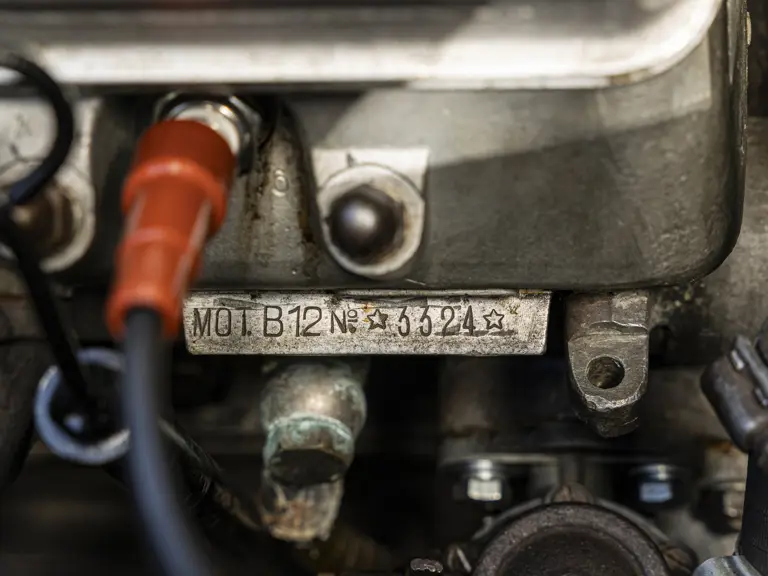

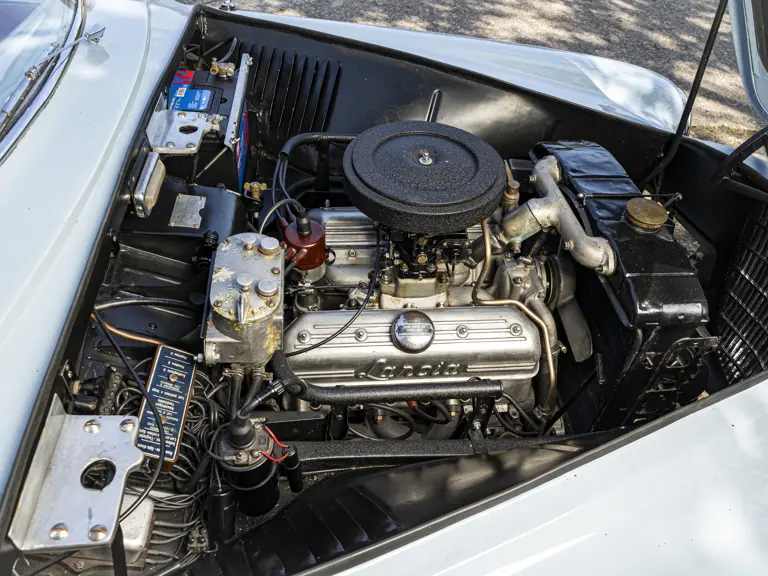

 | Taplow, Berkshire, United Kingdom
| Taplow, Berkshire, United Kingdom
